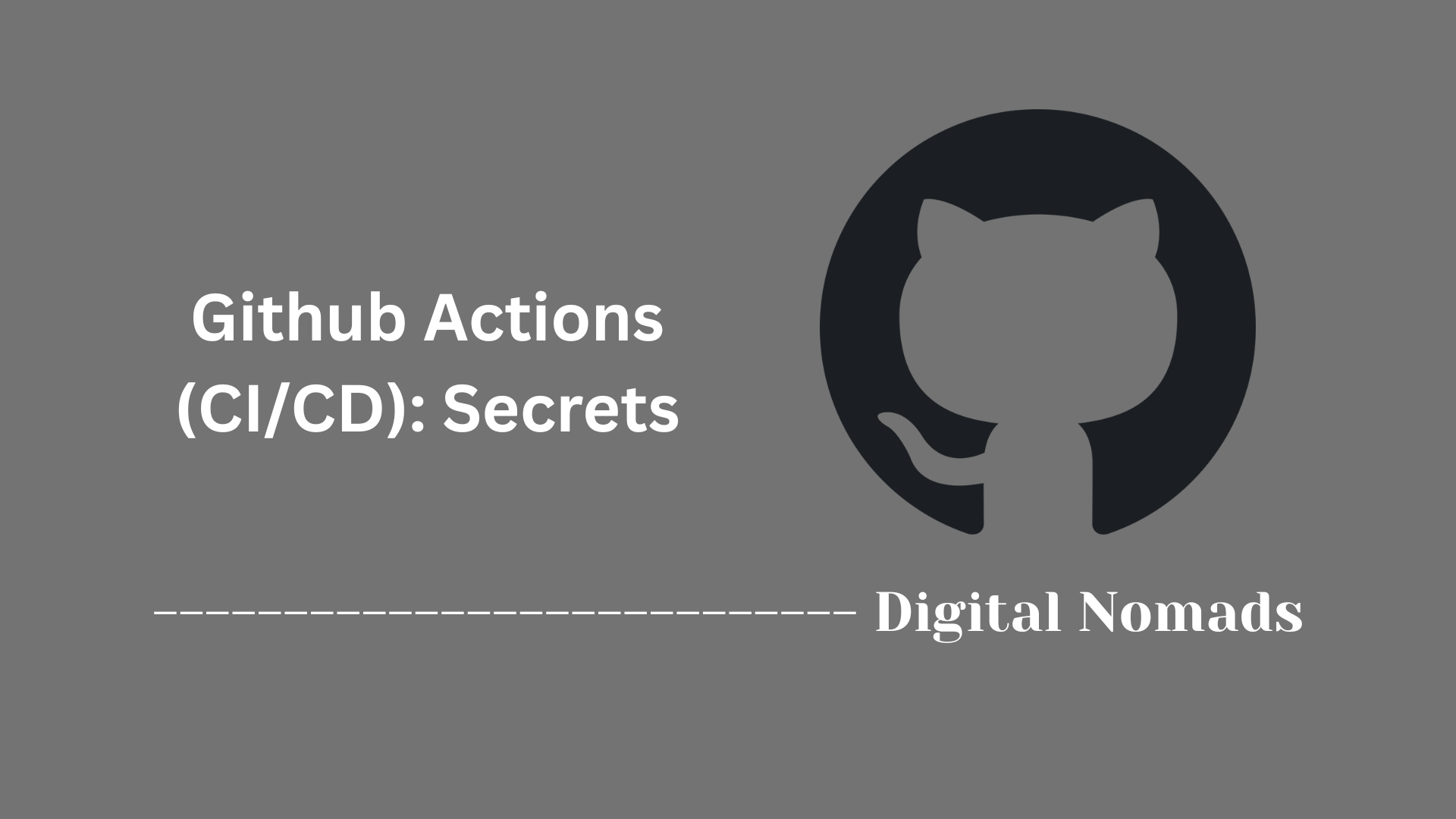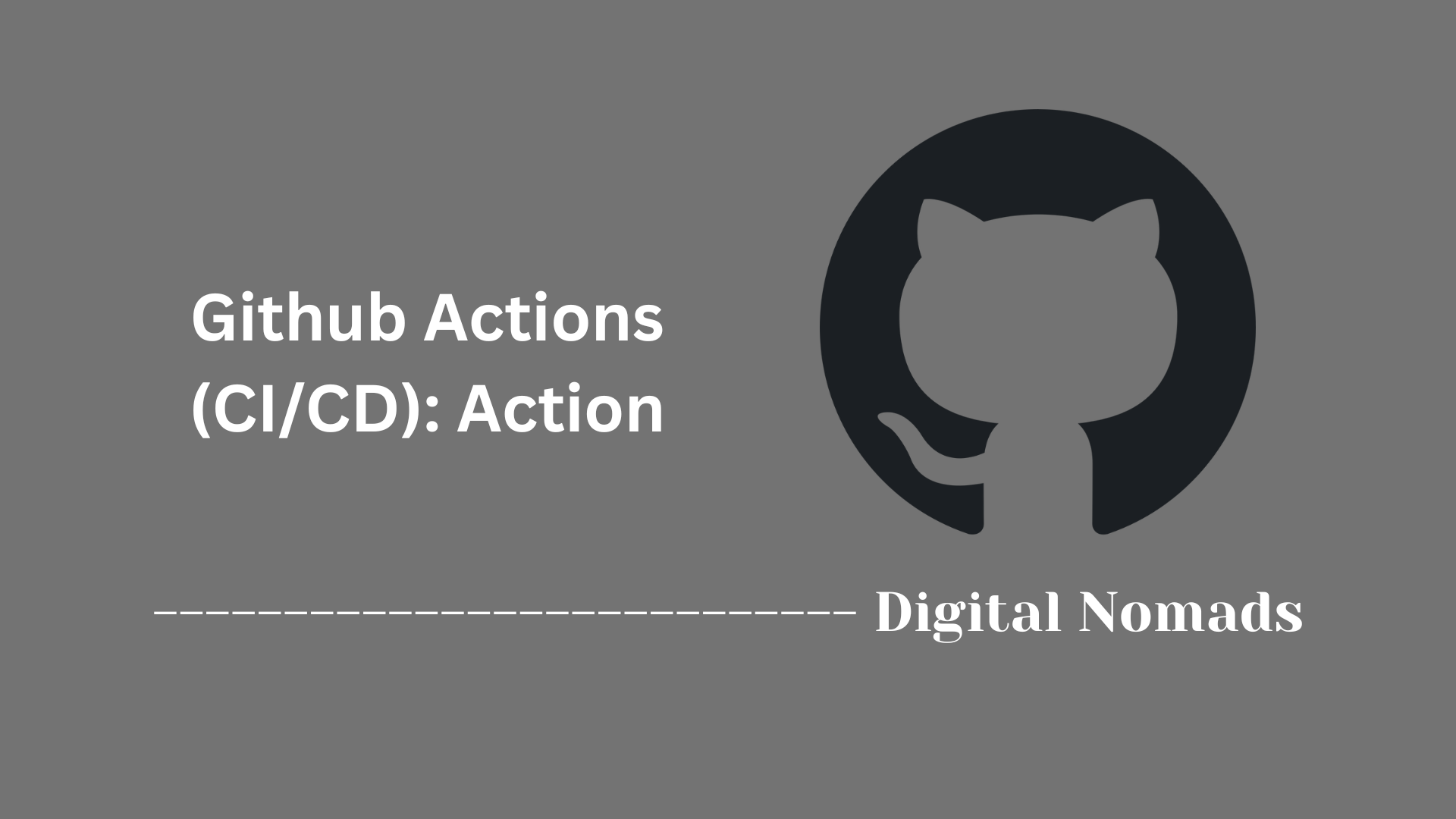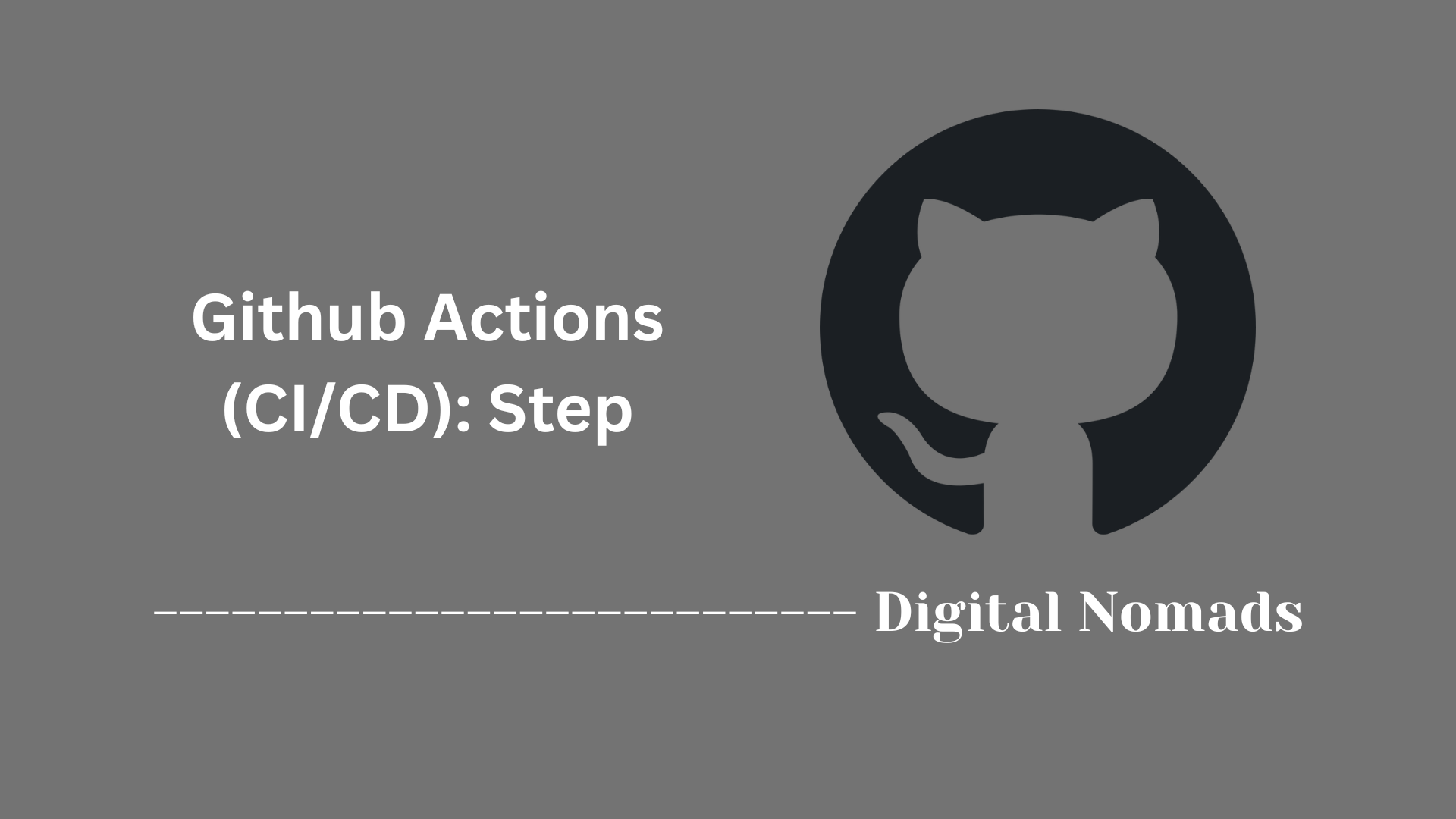Table of Contents
- Overview
- Runner Types: Comparison
- Core Runner Concepts
- Setting Up a Self-Hosted Runner
- Security Best Practices
- Maintenance & Monitoring
- Troubleshooting Common Runner Issues
- Conclusion
GitHub Actions (CI/CD): Runner Overview
What Is a GitHub Actions Runner?
A GitHub Actions runner is the engine that executes automation tasks defined in GitHub Actions workflows. When you commit code, create a pull request, or trigger any workflow event, the runner is the component responsible for carrying out each job—building, testing, and deploying your projects automatically.
Runners can be:
- GitHub-hosted: Pre-configured virtual machines managed by GitHub, available for immediate use with popular environments like Linux, Windows, and macOS.
- Self-hosted: Machines you control (either on-premises or in the cloud), configurable with any necessary tools, dependencies, or networking you require for unique workflows.
Why Do You Need to Know About Runners?
Understanding runners is crucial because they directly affect:
- Automation Scope and Flexibility: Picking the right runner type determines which tools, environments, and platforms your workflows can access.
- Performance and Scalability: Self-hosted runners let you scale horizontally or vertically, while GitHub-hosted runners give you on-demand resources.
- Security and Compliance: How and where jobs execute influences your control over network access, sensitive data, and compliance needs.
- Cost Optimization: You can balance free usage quotas with paid resources and infrastructure costs by choosing the right runner strategy for your organization.
As infrastructure grows more complex, the ability to automate repetitive tasks securely and efficiently becomes a distinguishing factor for high-performing engineering teams.
How Do Runners Work?
At their core, runners operate by listening for available jobs from GitHub and then carrying out the instructions defined in your workflow files. Here’s how the process unfolds:
- Workflow Triggered: A commit, pull request, or scheduled event activates a workflow in your repository.
- Job Assignment: Each workflow job specifies requirements (like OS, runner type, or labels). GitHub matches the job to an appropriate runner.
- Execution: The runner downloads your code, sets up the environment, and executes each step (such as installs, builds, tests, or deployments) in sequence.
- Reporting: After running all steps, the runner reports progress, success, or failure back to GitHub—updating logs and triggering notifications or follow-up jobs as needed.
This automatic, reliable execution is what powers modern CI/CD pipelines—making rapid, repeatable, and reliable software delivery possible for any project size.
Runner Types: Comparison
GitHub Actions runners come in two primary variants, each with unique benefits and considerations. Understanding their differences helps align your automation needs, cost, and security posture.
-
GitHub-Hosted Runner:
- Managed infrastructure provided by GitHub—no setup or ongoing maintenance required.
- Runs on demand with ephemeral environments (no persistent state between jobs).
- Supports major operating systems: Linux, Windows, and macOS.
- Limited customization, as software and tools are defined by GitHub’s images.
- Usage included within free and paid GitHub Actions minutes, subject to limits.
-
Self-Hosted Runner:
- Runs on your own virtual machine or physical device, under your direct control.
- Full customization of installed software, dependencies, and environment variables.
- Ability to use any operating system supported by the runner application.
- May support persistent state and attached storage between jobs, depending on setup.
- Maintenance, updates, and resource costs are your organization’s responsibility.
| Feature | GitHub-Hosted Runner | Self-Hosted Runner |
|---|---|---|
| Management | GitHub | User/Organization |
| Cost | Included with GitHub plan (usage limits apply) |
Self-funded (hardware, cloud, etc.) |
| Customization | Limited to pre-installed tools/images | Full control (software, configuration) |
| Operating Systems | Linux, Windows, macOS | Any supported by runner app |
| Persistence | No persistent state | Possible (depends on your setup) |
| Networking | Limited, predefined by GitHub | Full control (network, firewall) |
Core Runner Concepts
Understanding several important ideas makes working with GitHub Actions runners much more effective. Here’s how these concepts fit together step by step:
-
Jobs:
Each workflow is made up of jobs. A job is a sequence of steps that runs together in the same environment. Jobs can run by themselves or be set up to depend on other jobs, and each runs on its own runner. -
Steps:
Within each job, steps are the individual instructions that execute scripts or call reusable actions. All the steps in a job run on the same runner and can share information via environment variables or outputs. -
Matrix Builds:
The matrix strategy allows a job to be run multiple times with different variable combinations. This lets you test code across different operating systems, language versions, or configurations, all within a single workflow by defining the desired combinations. -
Labels:
Labels are identifiers used to target jobs to specific runners. For example, you can use a label likeubuntu-latestto specify that a job should run on the latest Ubuntu-based runner, orself-hostedto send it to one of your custom runners. -
Concurrency:
This feature manages how many jobs or workflows can run at the same time, preventing job overlap and helping control resource usage. With proper configuration, you can cancel previous runs or make sure only a single run proceeds for certain scenarios. -
Runner Application:
This is the software installed on a machine to connect it as a runner. It polls GitHub for available jobs, executes workflow steps, and then reports results back to the platform.
Setting Up a Self-Hosted Runner
Follow these steps to set up a self-hosted runner for your GitHub Actions workflows. This gives you control over the environment, software, and performance characteristics of your automation jobs.
-
Prepare Your Machine:
Choose a physical or virtual machine that meets your workflow needs. Supported systems include Linux, Windows, and macOS. Ensure the machine meets minimum requirements for CPU, memory, disk space, and network connectivity to GitHub. -
Access Your Repository or Organization on GitHub:
Log in to GitHub and navigate to the repository or organization where you want to add the runner. Go to Settings > Actions > Runners, then click New self-hosted runner. -
Select Operating System and Architecture:
Pick the OS and architecture that matches your machine. GitHub will display a set of shell commands for you to use. -
Download and Configure the Runner Application:
On your machine, open a terminal or command prompt. Run the provided commands to:- Create a directory (e.g.,
actions-runner). - Download and extract the runner application package.
- Configure the runner using the provided repository URL and token. Example:
./config.sh --url https://github.com/your-user/your-repo --token YOUR_RUNNER_TOKEN
- Create a directory (e.g.,
-
Start the Runner Application:
Launch the application so it connects to GitHub and begins listening for jobs. For most Linux/macOS systems:
./run.sh
On Windows, the setup wizard will prompt if you want to install the application as a service. -
(Optional) Install as a Service:
To keep the runner available after reboots, install it as a service:
- Linux/macOS:
sudo ./svc.sh install && sudo ./svc.sh start - Windows: complete service installation during setup or use the provided service script.
- Linux/macOS:
-
Verify Registration:
Return to the GitHub settings page. You should see your new runner listed as online and ready. -
Use the Runner in Workflows:
In your workflow YAML, specifyruns-on: self-hostedto target your runner.
You’ve now linked your machine with GitHub Actions, allowing your automation to run jobs in your controlled environment.
Security Best Practices
Protecting your GitHub Actions runners from threats and misuse is vital, especially when working with self-hosted environments or running third-party code. Follow these essential security steps for safer CI/CD automation:
-
Isolate the Runner Environment:
Always set up runners on dedicated virtual machines, containers, or hardware—never on production hosts or shared network resources. This prevents potentially harmful workflows from impacting critical infrastructure. -
Practice Least Privilege:
Configure the runner’s system account with only the permissions strictly needed for running jobs. Avoid admin or root access unless absolutely required for the workflow. -
Enforce Automatic Cleanup:
Ensure temporary files, build artifacts, and sensitive data are cleared from the runner after every job. Use post-job steps or automation scripts to sanitize the environment. -
Control Network Access:
Restrict inbound and outbound traffic for runners using firewalls or network policies. Limit communication only to trusted services and GitHub endpoints. -
Manage Secrets Securely:
Never store hard-coded credentials or secrets on the runner’s file system. Use encrypted secrets in GitHub Actions or external vaults to inject them only at runtime. -
Keep Runner Software Updated:
Regularly update the runner application and base operating system to address vulnerabilities and bugs. Set up automated patching where possible. -
Monitor Logs and Activity:
Review logs on both the runner and within GitHub Actions to detect suspicious activity or failures. Set up alerts for unusual patterns or job results. -
Restrict Workflow Permissions:
Limit which repositories and users can dispatch workflows to your self-hosted runners. Use organization or repository-level policies for tighter control.
With these protections in place, your GitHub Actions runners will be more resilient against misconfigurations and hostile code.
Maintenance & Monitoring
Ongoing care and visibility into your runners help ensure reliability and performance for CI/CD workflows. Below is a step-by-step outline for maintaining and monitoring GitHub Actions runners:
-
Regular Software Updates:
Keep the runner application and base operating system up to date to patch vulnerabilities and maintain compatibility. Schedule automated updates for both and periodically verify that updates have applied successfully. -
Monitor Runner Status:
Check runner status regularly in the GitHub repository or organization settings. Runners will indicate if they are online, idle, active, or offline—this helps catch connectivity or downtime issues promptly. -
Review Logs and Activity:
Examine runner and workflow logs for errors, job durations, or unexpected behavior. Use run logs to troubleshoot failed jobs and identify recurring issues. -
Resource Management:
Monitor system metrics such as CPU, memory, disk space, and network usage on the host machine. Adjust resources as workflow demand grows or as jobs become more complex. -
Automatic Cleanup:
Use post-job scripts or hooks to remove temporary files, build artifacts, and repositories from runners between jobs, ensuring a fresh environment for each new run. -
Scale Runners as Needed:
Add additional runners or automate their provisioning when workload increases. Remove or decommission runners that are obsolete or underutilized to optimize resource usage. -
Set Up Alerts and Notifications:
Implement monitoring tools or GitHub notifications to alert you when runners go offline, jobs fail, or unusual activity occurs. -
Audit Runner Usage:
Periodically review which jobs and repositories are using each runner. Deactivate or restrict runners that are no longer needed or should not be accessible.
Following these steps helps keep your runner fleet stable, efficient, and secure, while minimizing downtime and troubleshooting time.
Troubleshooting Common Runner Issues
When using GitHub Actions runners, various issues can arise that disrupt workflow automation. The steps below provide a systematic approach to diagnosing and resolving frequent runner challenges:
-
Runner Appears Unresponsive or Offline:
- Check if the machine is powered on and connected to the internet.
- Ensure the runner application is running—restart it if needed.
- Verify firewall or network rules aren’t blocking GitHub communication.
- Look for recent software changes or updates that may have affected networking.
-
Job Fails to Start or Complete:
- Review the workflow and runner logs for error messages or early termination clues.
- Check system resource usage (CPU, memory, disk space) on the runner host.
- Ensure all required dependencies and permissions are available for the job.
-
Runner Version or Compatibility Issues:
- Ensure the runner application is up to date.
- Confirm the runner supports the operating system and architecture in use.
- Examine any breaking changes introduced by recent GitHub Actions platform updates.
-
Permission Errors:
- Validate the runner’s service account permissions on the local machine.
- Check repository, organization, or workflow-level permissions for required access.
- Review secrets and environment variable configurations.
-
Job or Workflow Stuck in Pending State:
- Confirm there are available runners with the correct labels to pick up the job.
- Check for concurrency or workflow queue limits that may be holding jobs.
- Restart the runner if jobs are not being picked up as expected.
-
Runner Fails During Setup or Startup:
- Validate installation scripts and permissions were run correctly.
- Check if dependency software or required environment variables are set up.
- Address any missing or incorrect configuration parameters.
-
Network or Connectivity Problems:
- Use diagnostic tools (ping, traceroute, etc.) to check network reachability to GitHub.
- Inspect proxy or firewall settings for necessary exceptions or routes.
- Test DNS resolution and internet access from the runner machine.
By following these troubleshooting steps, most runner-related issues can be identified and resolved quickly, helping to keep your CI/CD workflows running smoothly.
Conclusion
Throughout this post, we've explored the essential aspects of GitHub Actions runners that make automated CI/CD workflows efficient and flexible. We've seen the differences between GitHub-hosted and self-hosted runners, understanding the benefits and trade-offs of each. The fundamental concepts behind runners—including jobs, steps, labeling, and concurrency—helped clarify how workflows execute and scale.
Setting up self-hosted runners was broken down into manageable steps, empowering you to create custom environments tailored to your unique automation needs. We also covered important security measures to protect your infrastructure and sensitive information while running workflows. Maintaining and monitoring runners ensures your automation runs smoothly, while troubleshooting tips prepare you to quickly resolve common issues.
Leveraging this knowledge, you can confidently design, deploy, and maintain CI/CD pipelines that accelerate software delivery with reliability and control.
Thank you for joining this journey into GitHub Actions runners! Keep experimenting and refining your automated workflows, and happy coding!




